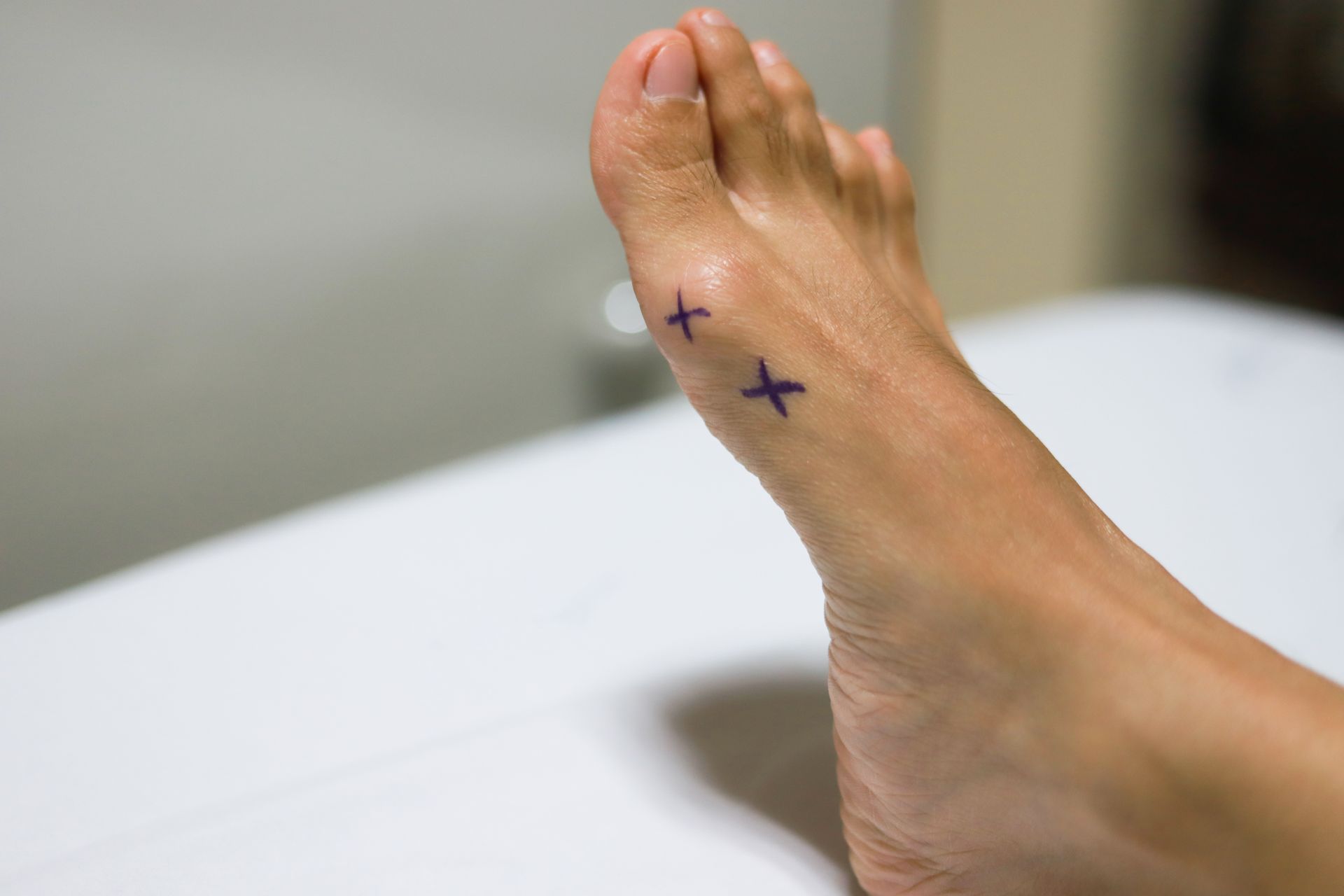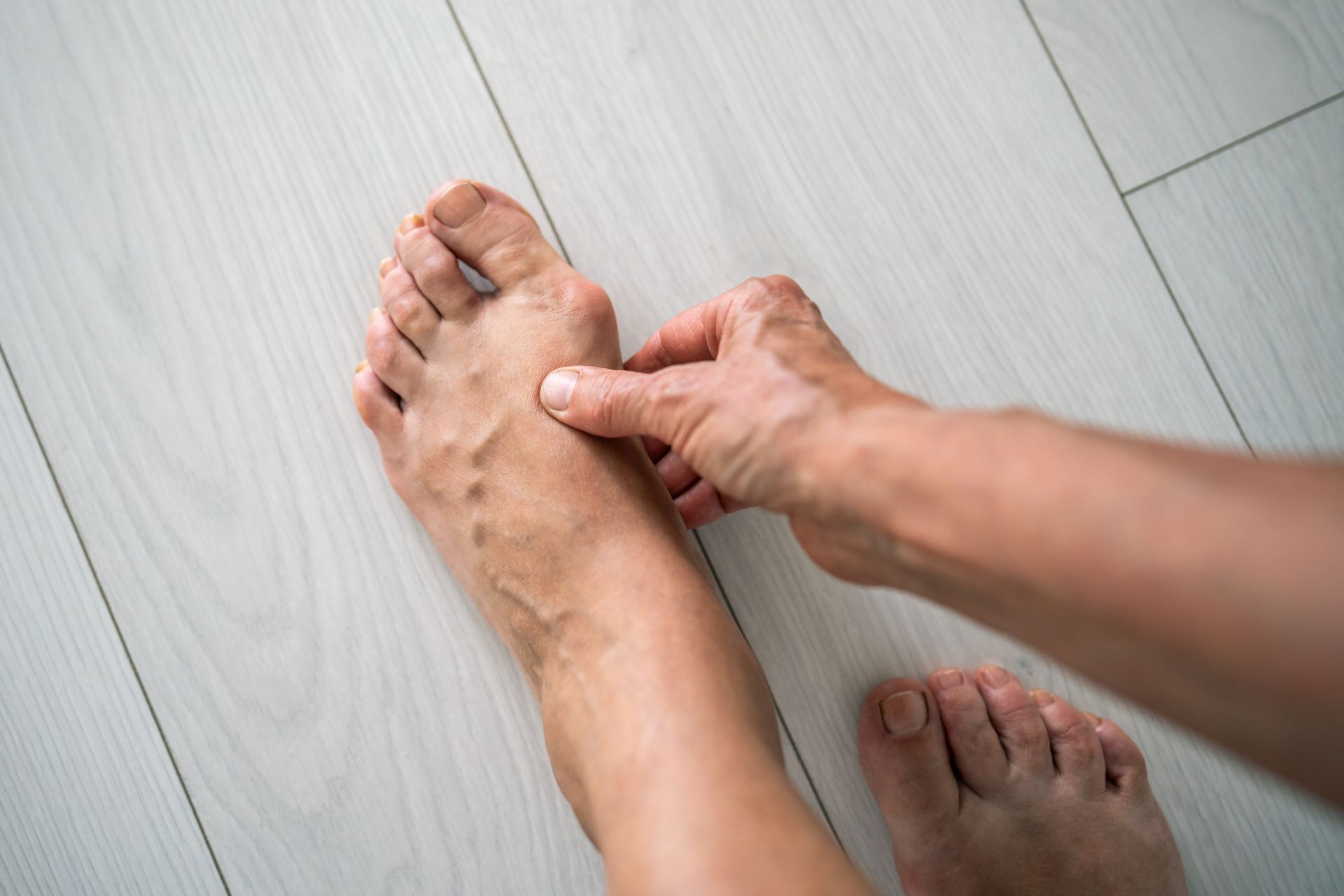What Every Baton Rouge Podiatry Patient Needs to Know about an Ankle Sprain
It is estimated that 25,000 ankle sprains occur each day in America. Understandably, this is also one of the most common injuries treated by Dr. Patrick Hall . An ankle sprain typically happens with a fall, twist, or awkward misstep, resulting in overstretching of the ligaments on the outside of the ankle. Ligaments are thick bands of tissue that function like fixed-length belts, running from one bone to another and helping to stabilize bones in their normal position. The outside (or lateral side) of the ankle has three primary support ligaments. The most commonly injured of these is the anterior talofibular ligament, or ATFL, which is found along the front of the ankle.
What are the Symptoms of an Ankle Sprain?
Ankle sprains vary widely in severity. Most are minor and resolve in a few days; whereas other sprains can take weeks and even months to fully resolve and rehabilitate. Signs upon injury such as hearing or feeling a “pop” are often signals of a more severe sprain and sometimes even a broken bone. Additional symptoms of an ankle sprain include:
- Swelling
- Pain
- Bruising
- Stiffness
- Inability to bear weight on the injured foot
How is an Ankle Sprain Diagnosed?
A physical examination is performed to assess the severity of the sprain and to test for instability. Instability can occur when one or more of the supporting ligaments is torn or fails to heal properly. X-rays are useful to rule out any broken bones. These tests are relatively inexpensive and easy to perform, making them excellent first-line diagnostic tools. However, x-rays are also limited in that they do not show: ligaments, tendons or cartilage. All of these can also be damaged during a sprain. Therefore, when an ankle sprain does not respond to initial treatments, and when there is concern for damage to something not seen on an x-ray, an MRI can be helpful in giving more detailed information.
How do You Treat an Ankle Sprain?
Initial home treatments include RIICE: rest, ice, immobilization, compression and elevation. When an ankle does not respond to home treatments, advanced treatments such as bracing, walking boot and physical therapy are beneficial. Our goal is always to get you well without surgery. If you continue to have pain after completing all non-surgical treatment, then surgery can be considered.
If you have recently experienced an ankle sprain or other injury, contact our office to request a consultation for diagnosis and treatment.


